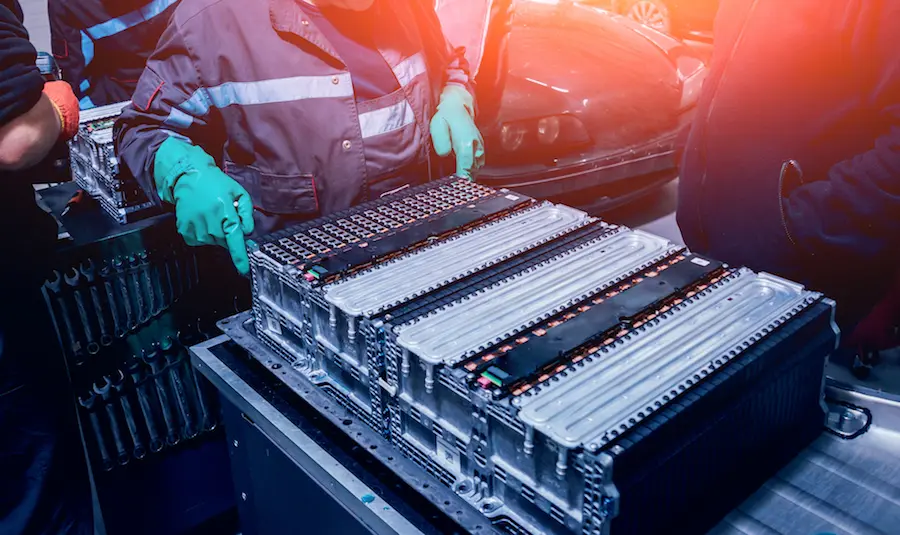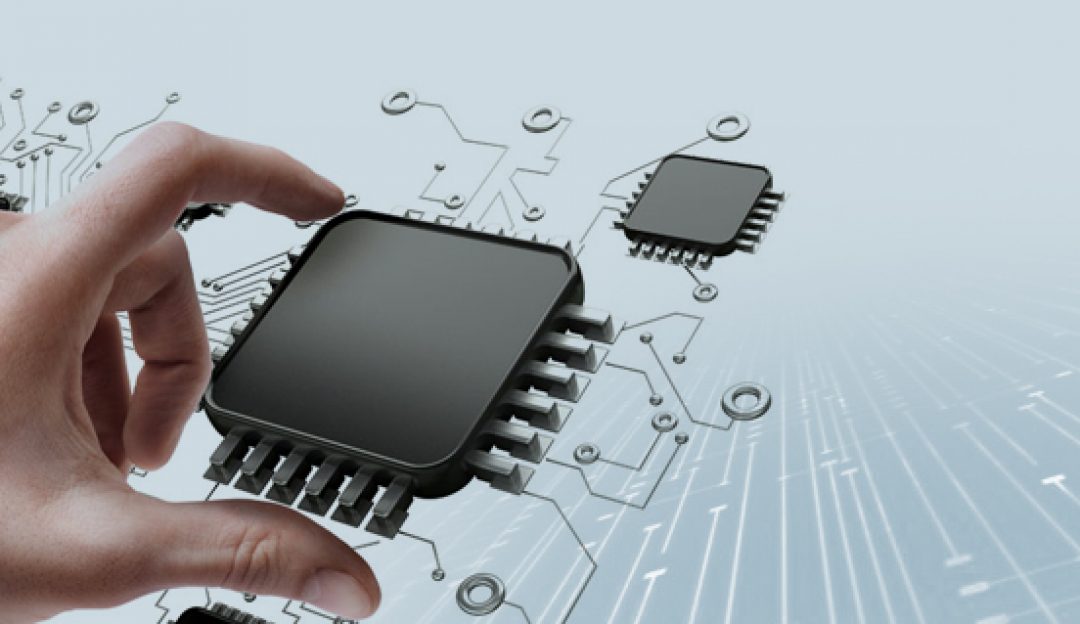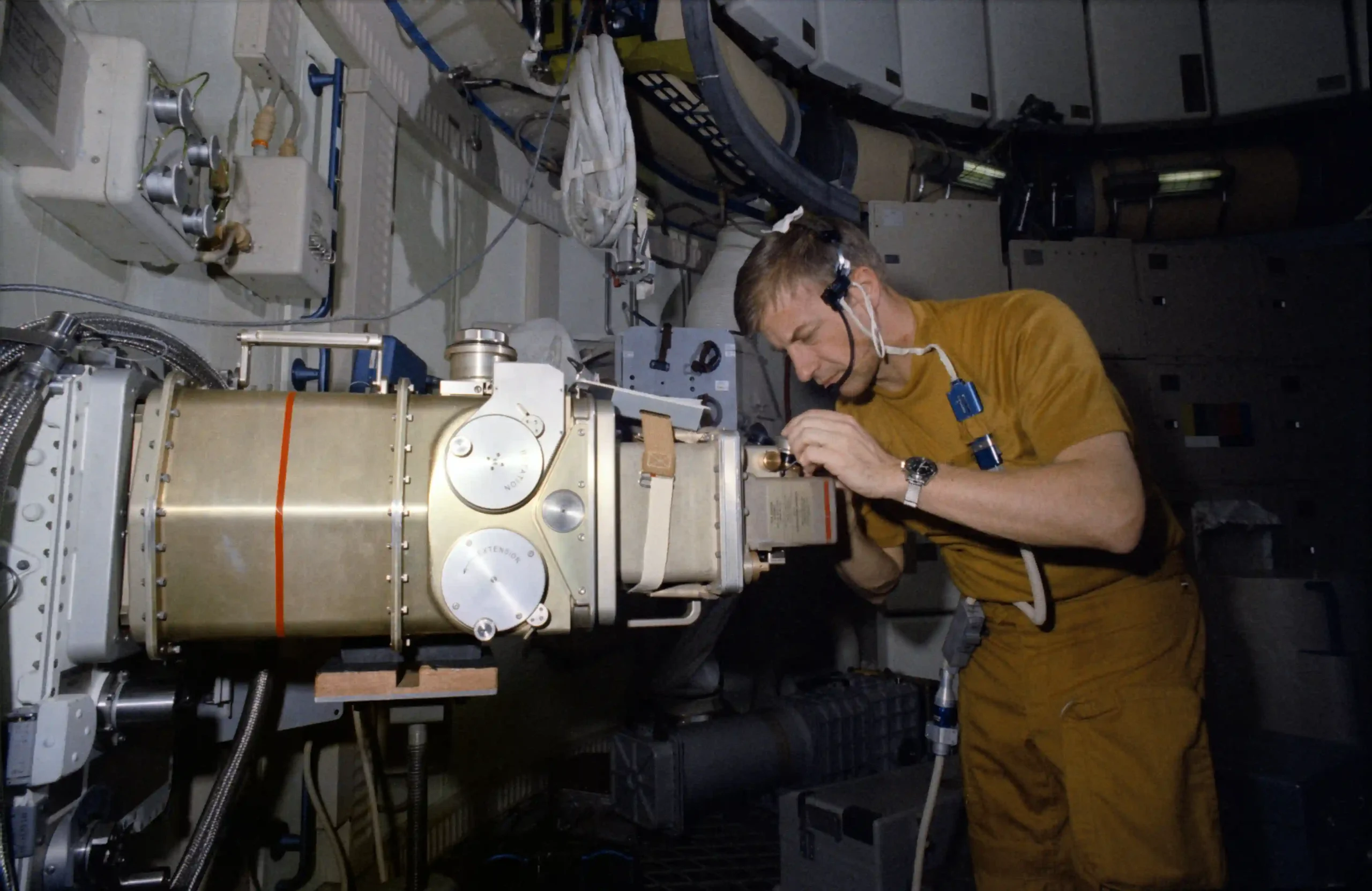Introduction:
The rapid growth of the electric vehicle (EV) market brings with it a surge in demand for EV battery components. As more consumers and governments worldwide embrace the shift towards sustainable transportation, the impact of this surge in purchasing EV battery components extends beyond the EV industry itself. In this article, we will explore how the increased demand for EV batteries affects the passive and active part supply network, and the subsequent challenges and opportunities arising from this trend.
- EV Battery Components: A Key Driver of Change:
The heart of any electric vehicle is its battery pack, which comprises several components, including passive parts such as capacitors, resistors, and inductors, as well as active parts like integrated circuits and power management systems. The surge in EV battery demand has created a ripple effect throughout the supply network of these components, affecting both their availability and pricing. - Challenges in Supply Chain Management:
The sudden rise in demand for passive and active parts poses significant challenges for manufacturers and suppliers. Historically, the demand for these components was driven by industries beyond electric vehicles, such as consumer electronics. With the increasing EV market share, balancing the demand for these parts between various industries becomes more complex. Supply chain management must now adapt to the changing landscape while ensuring a continuous supply of components to meet the burgeoning EV battery market. - Shortages and Delays:
The surge in EV battery manufacturing has resulted in shortages and delays in the supply of passive and active parts. The global supply chain struggles to match the pace of growth, leading to extended delivery times and occasional production disruptions for EV battery manufacturers. These shortages and delays can have a ripple effect throughout the entire electric vehicle production process, leading to potential production bottlenecks and financial implications for manufacturers. - Price Volatility:
Increased demand for EV battery components not only disrupts supply but also impacts their pricing dynamics. As demand outstrips supply, prices tend to go up, affecting the cost structure of electric vehicle manufacturers. This price volatility introduces uncertainties, making it challenging to accurately forecast costs and plan for future production. - New Business Opportunities:
While the surge in demand brings challenges, it also creates an array of business opportunities for suppliers of passive and active parts, such as Global IC Trading Group. As the EV market continues to grow, companies specializing in these components have the chance to expand their operations and capture a larger market share. This growth potential encourages existing suppliers to enter or expand their presence in the EV supply chain, fostering competition and innovation. - Technology Advancements and Collaboration:
The surge in the EV battery component market has spurred collaboration between EV manufacturers and component suppliers. This collaboration encourages technological advancements and innovation, leading to the development of more efficient, compact, and cost-effective passive and active parts. These advancements not only benefit the electric vehicle industry but also find applications in other sectors, such as renewable energy storage. - Building a Resilient Supply Chain:
To cope with the surge in EV battery component demand, industry players are focusing on building a resilient supply chain. This involves diversifying suppliers, investing in research and development, and adopting new manufacturing technologies. By reducing dependence on a single supplier or geography, the industry aims to mitigate supply disruptions caused by global events, such as natural disasters or geopolitical tensions.
Conclusion:
The surge in purchasing EV battery components presents both challenges and opportunities for the passive and active part supply network. While shortages, delays, and price volatility pose temporary hurdles, the increased demand creates new business opportunities for component suppliers. Collaboration and technological advancements driven by the EV market enable suppliers to innovate and develop more advanced components, benefiting not only the electric vehicle industry but also adjacent sectors. Building a resilient supply chain is crucial for meeting the rising demand. As the EV market continues to grow, stakeholders must proactively adapt to ensure a steady, cost-effective, and sustainable supply of EV battery components.






